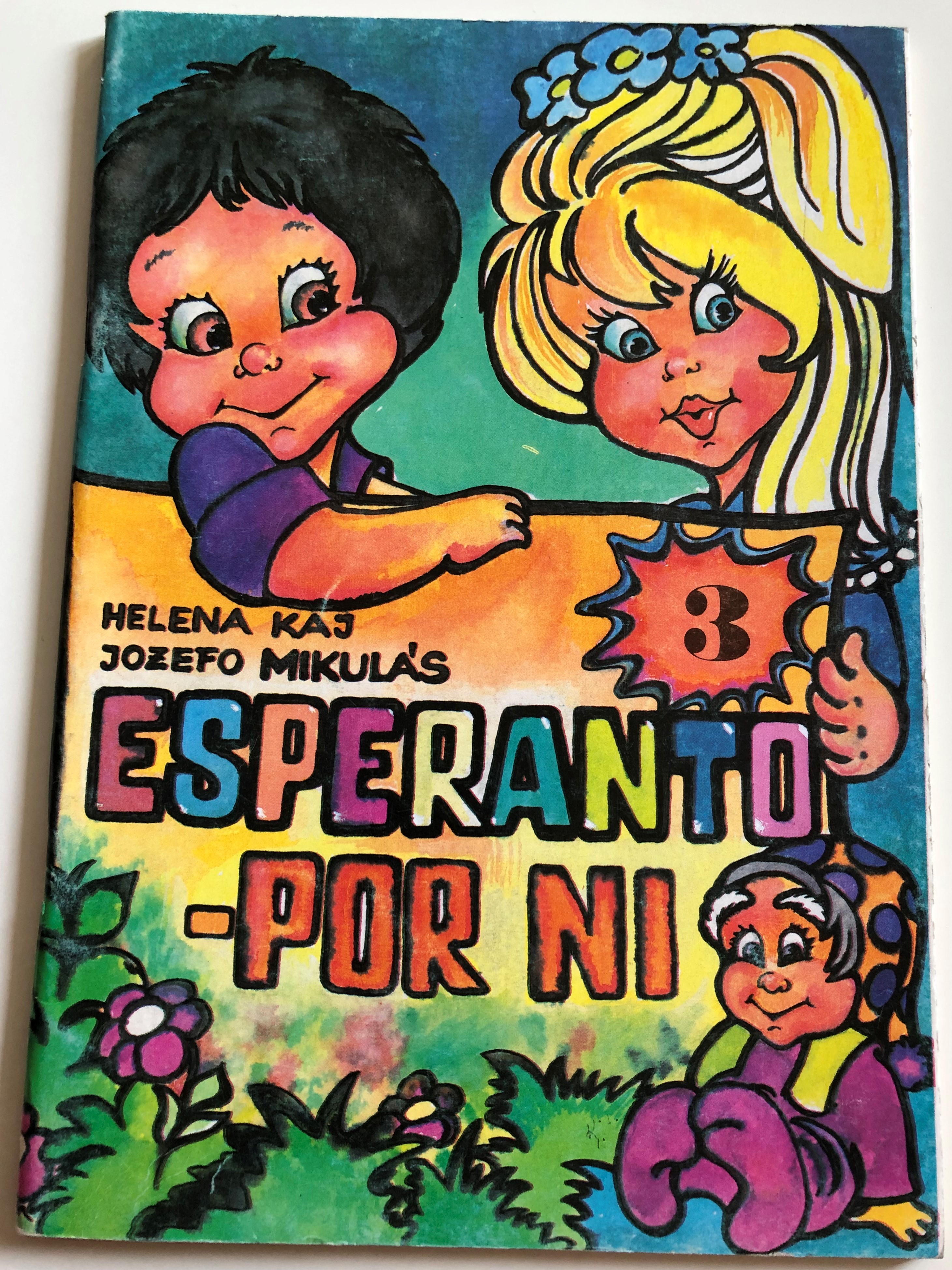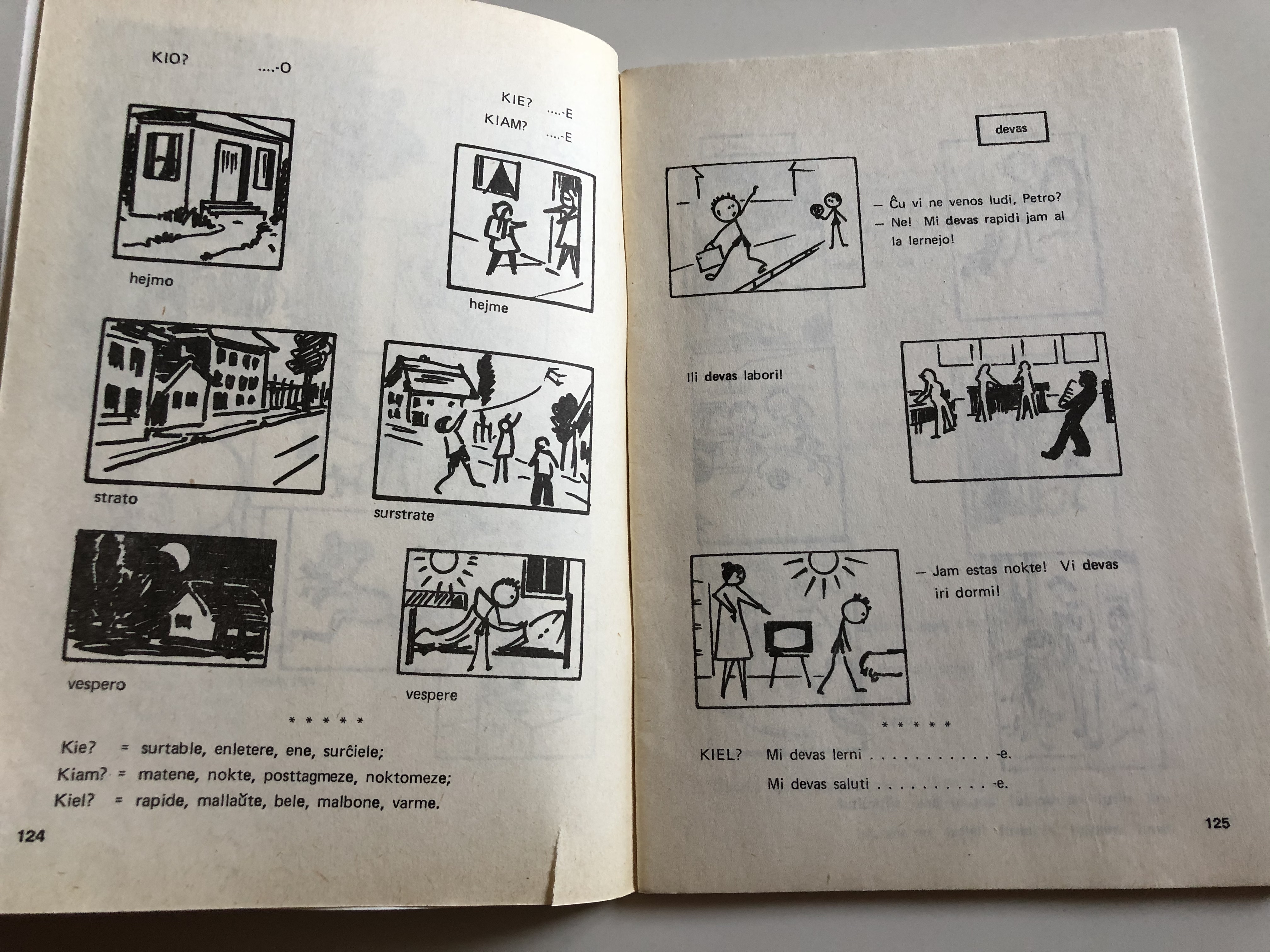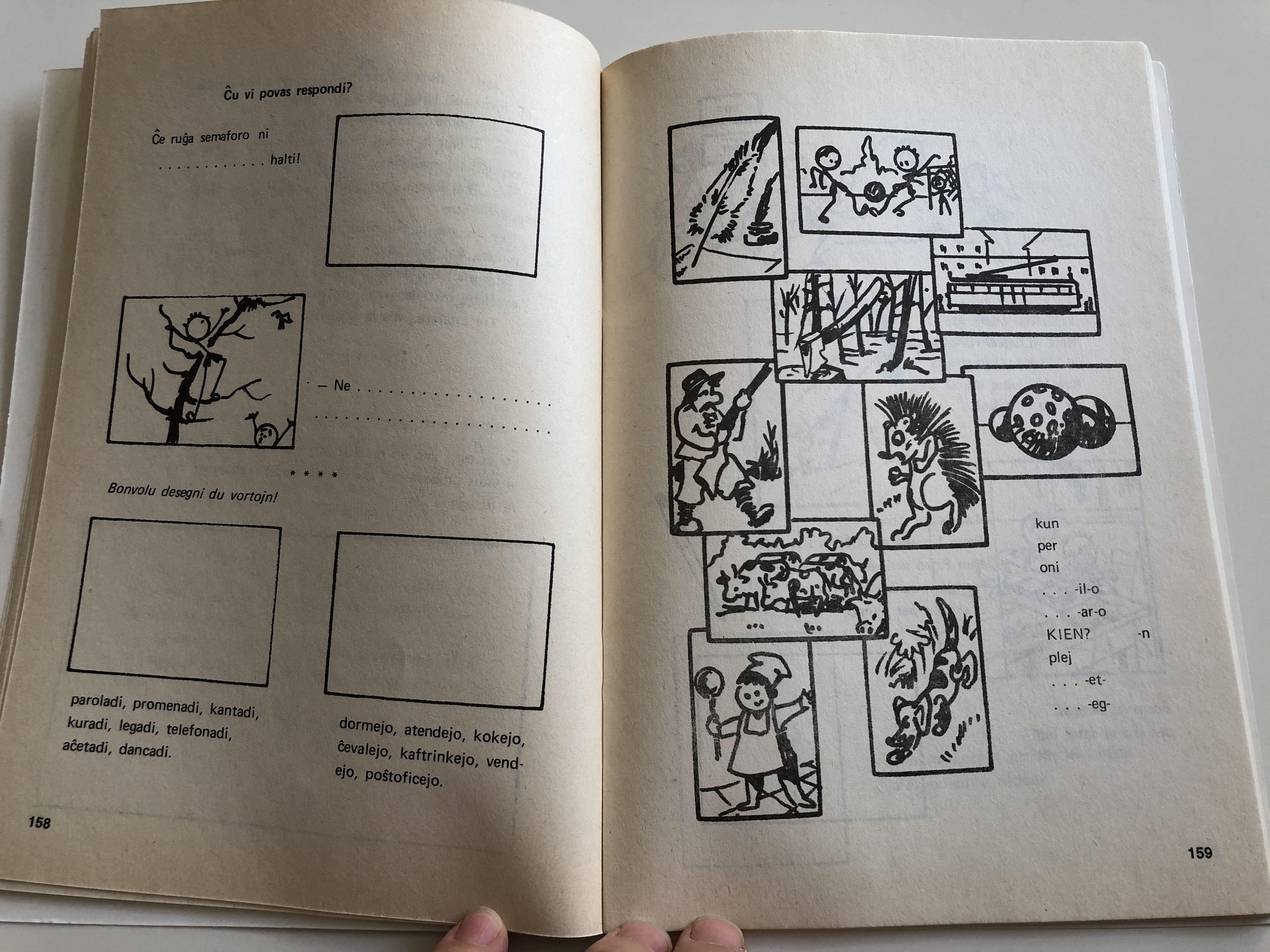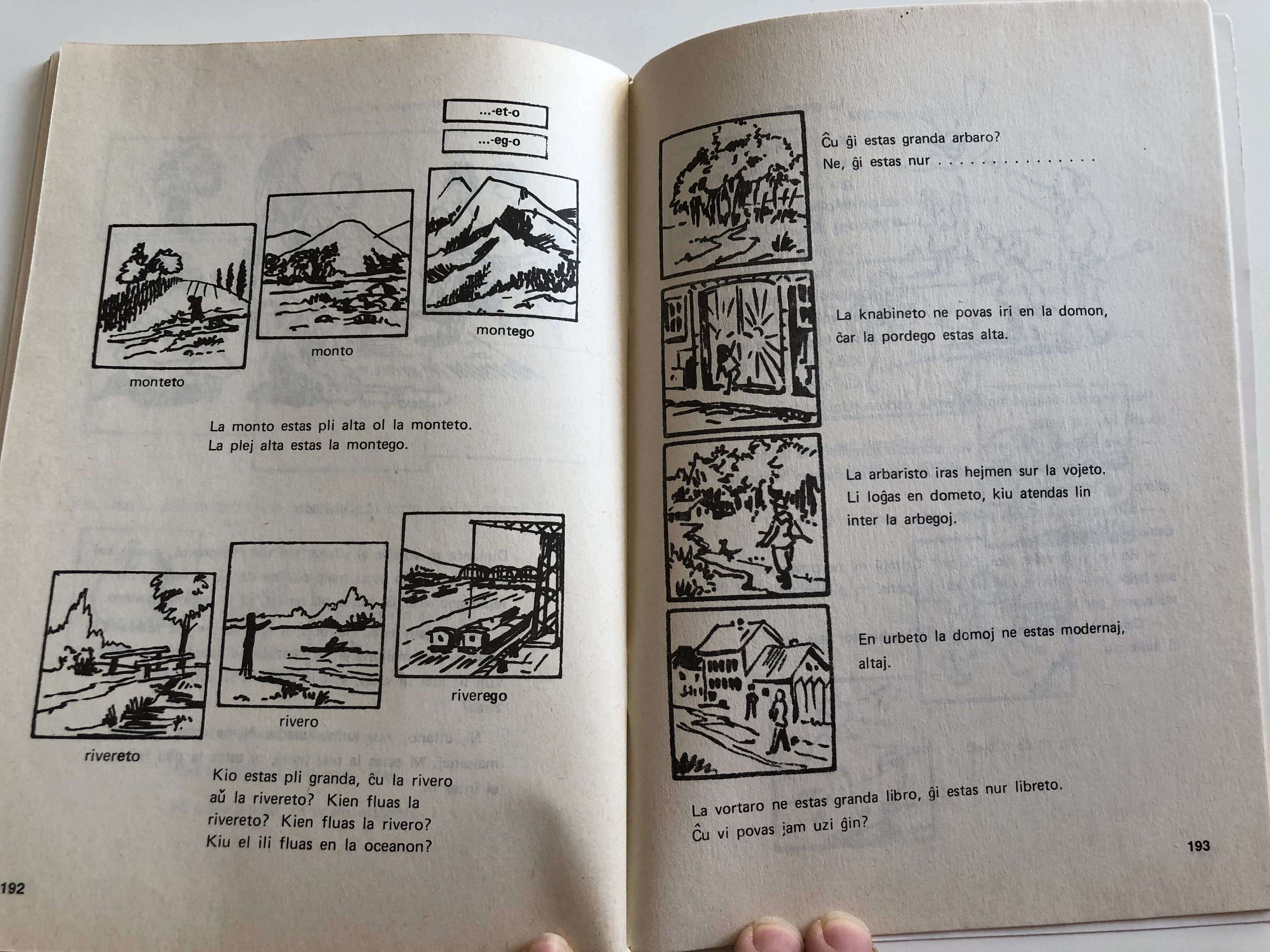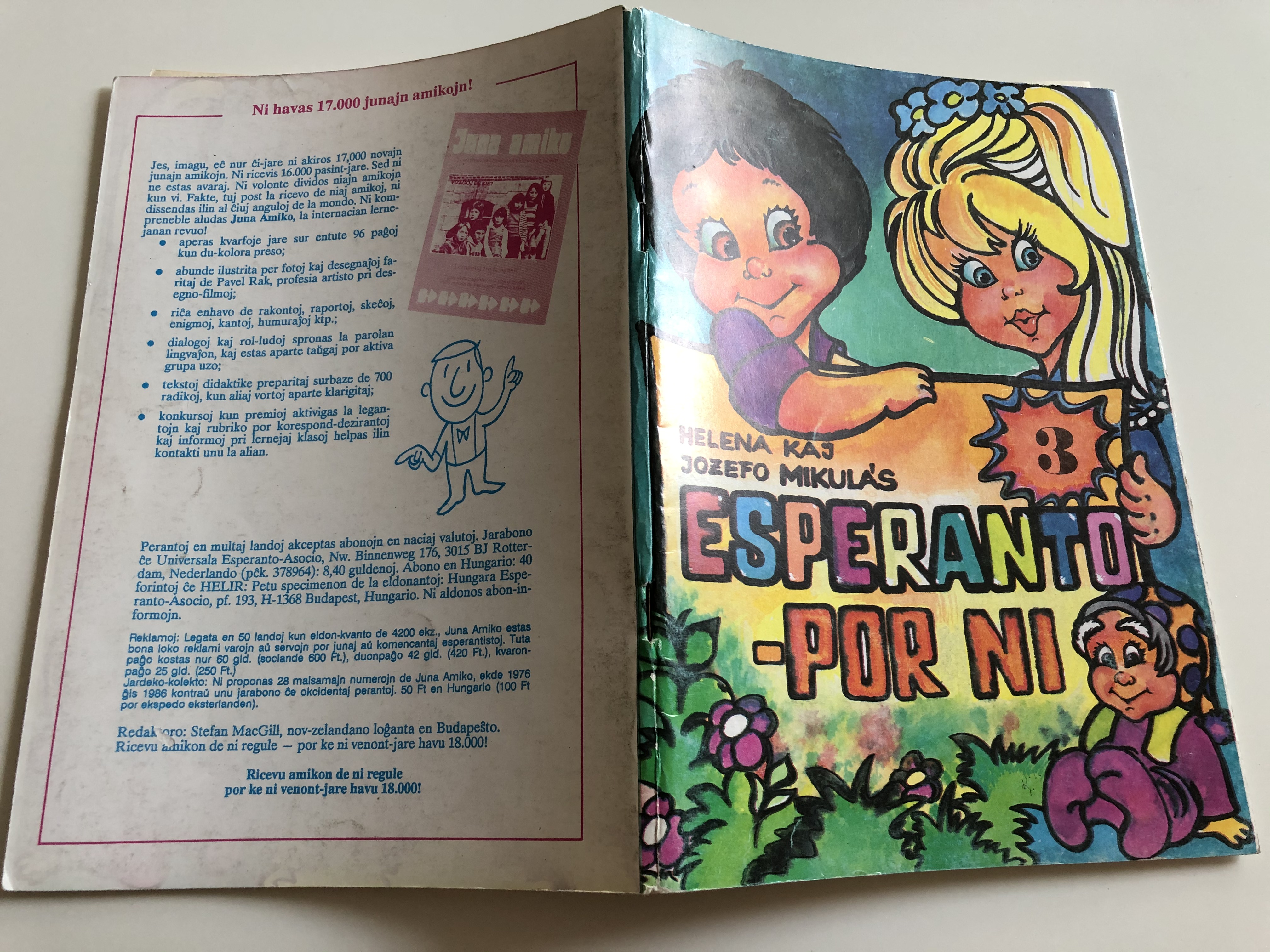Description
Esperanto - Por ni 3 / Esperanto for Us by Helena Kaj, Jozefo Mikulás
Esperanto Language Children's Workbook
Product Details
- Title: Esperanto - Por ni 3 / Esperanto for Us
- Authors: Helena Kaj, Jozefo Mikulás
- Format: Paperback
- Pages: 202
- Publisher: Hungarian Esperanto Association
- Publication Year: 1989
- ISBN-10: 9635713002
- ISBN-13: 9789635713004 / 978-9635713004
- Language: Esperanto
Overview
Esperanto - Por ni 3 is a delightful children's workbook designed to make learning Esperanto an enjoyable and interactive experience. Created by Helena Kaj and Jozefo Mikulás, this workbook uses engaging activities to teach the foundational elements of Esperanto, including grammar, vocabulary, and conversational skills. Perfect for young learners and teachers, it is a valuable tool for introducing children to this universal language.
Termék részletei
- Cím: Esperanto - Por ni 3 / Esperanto nekünk
- Szerzők: Helena Kaj, Jozefo Mikulás
- Formátum: Puhakötés
- Oldalak száma: 202
- Kiadó: Magyar Eszperantó Szövetség
- Kiadás éve: 1989
- ISBN-10: 9635713002
- ISBN-13: 9789635713004 / 978-9635713004
- Nyelv: Eszperantó
Overview in Hungarian / Áttekintés magyarul
Az Esperanto - Por ni 3 egy szórakoztató gyermekeknek szánt munkafüzet, amely az eszperantó nyelv tanulását interaktívvá és élvezetessé teszi. Helena Kaj és Jozefo Mikulás alkotása, amely változatos feladatokkal tanítja meg az eszperantó nyelv alapjait, beleértve a nyelvtant, a szókincset és a beszédkészségeket. Ideális fiatal tanulóknak és oktatóknak, értékes eszköz a gyermekek nemzetközi nyelv iránti érdeklődésének felkeltéséhez.
Features / Jellemzők
- Child-Friendly Design / Gyermekbarát kialakítás: A gyerekek számára érdekfeszítő feladatok és illusztrációk segítik a tanulást.
- Comprehensive Content / Átfogó tartalom: Az eszperantó alapvető nyelvtani, szókincsbeli és beszédkészségeit fedi le.
- Structured Learning / Strukturált tanulás: A gyermekek tanulási ütemének megfelelően fokozatosan halad a témákban.
- Educational Value / Oktatási érték: Segíti a nyelvtanulást, a kognitív fejlődést, és a globális megértést.
Interesting Facts / Érdekességek
- Az eszperantót L. L. Zamenhof hozta létre 1887-ben, a nemzetközi kommunikáció és a béke előmozdítása érdekében.
- Ez a munkafüzet része a Por ni sorozatnak, amely az eszperantót érthetővé és élvezetessé teszi a gyermekek számára.
- A Magyar Eszperantó Szövetség kulcsszerepet játszott az eszperantó népszerűsítésében oktatási anyagokkal, például ezzel a munkafüzettel.
About the Authors / A szerzőkről
Helena Kaj és Jozefo Mikulás elismert alkotók az eszperantó oktatás területén. Tananyagjaik interaktív, gyakorlati tervezése nagyban hozzájárul az eszperantó nyelv népszerűsítéséhez a fiatalok körében.
Publisher / Kiadó
Hungarian Esperanto Association / Magyar Eszperantó Szövetség – Egy elismert szervezet, amely az eszperantó népszerűsítésével és oktatásával foglalkozik.
Hashtags
#EsperantoForUs #PorNi3 #EsperantoWorkbook #LanguageLearning #HungarianEsperantoAssociation #EsperantoForChildren #EszperantóGyermekeknek
